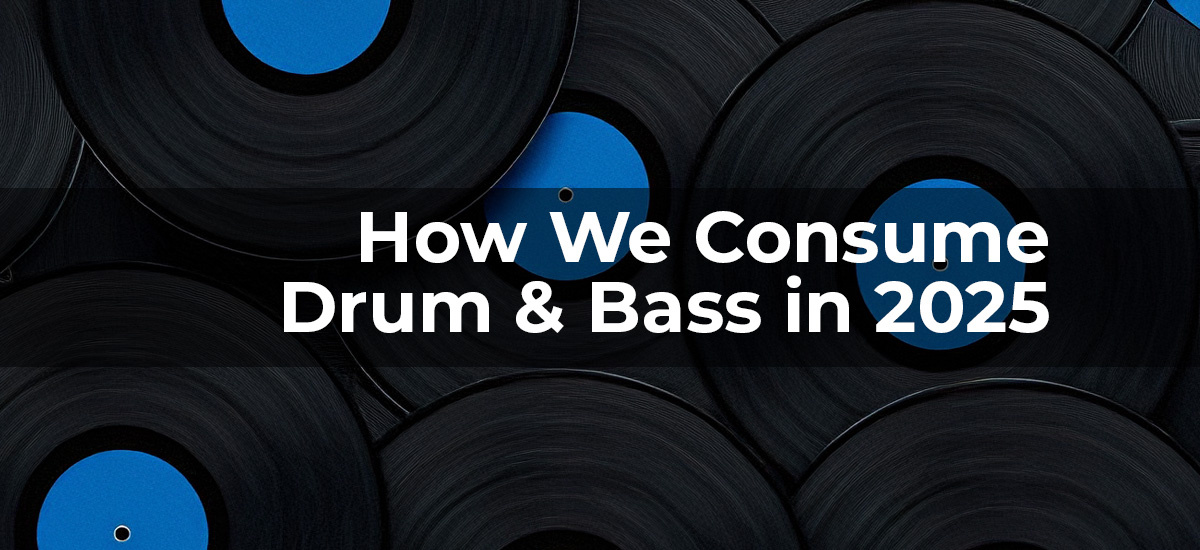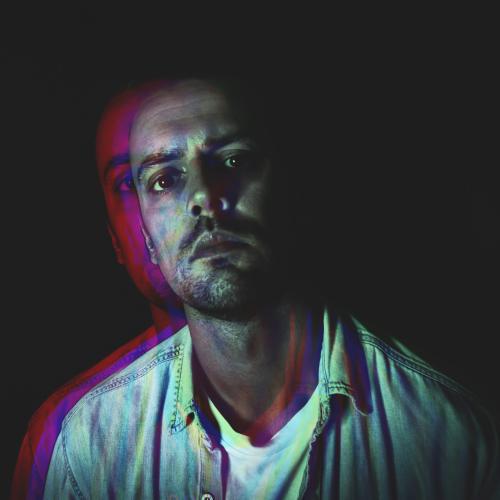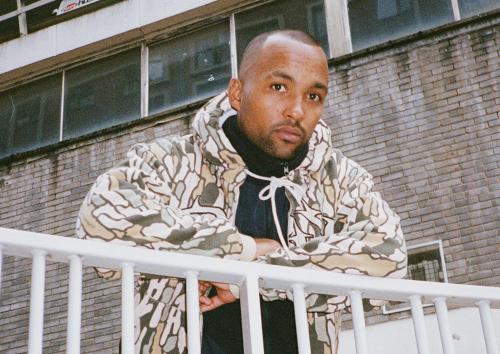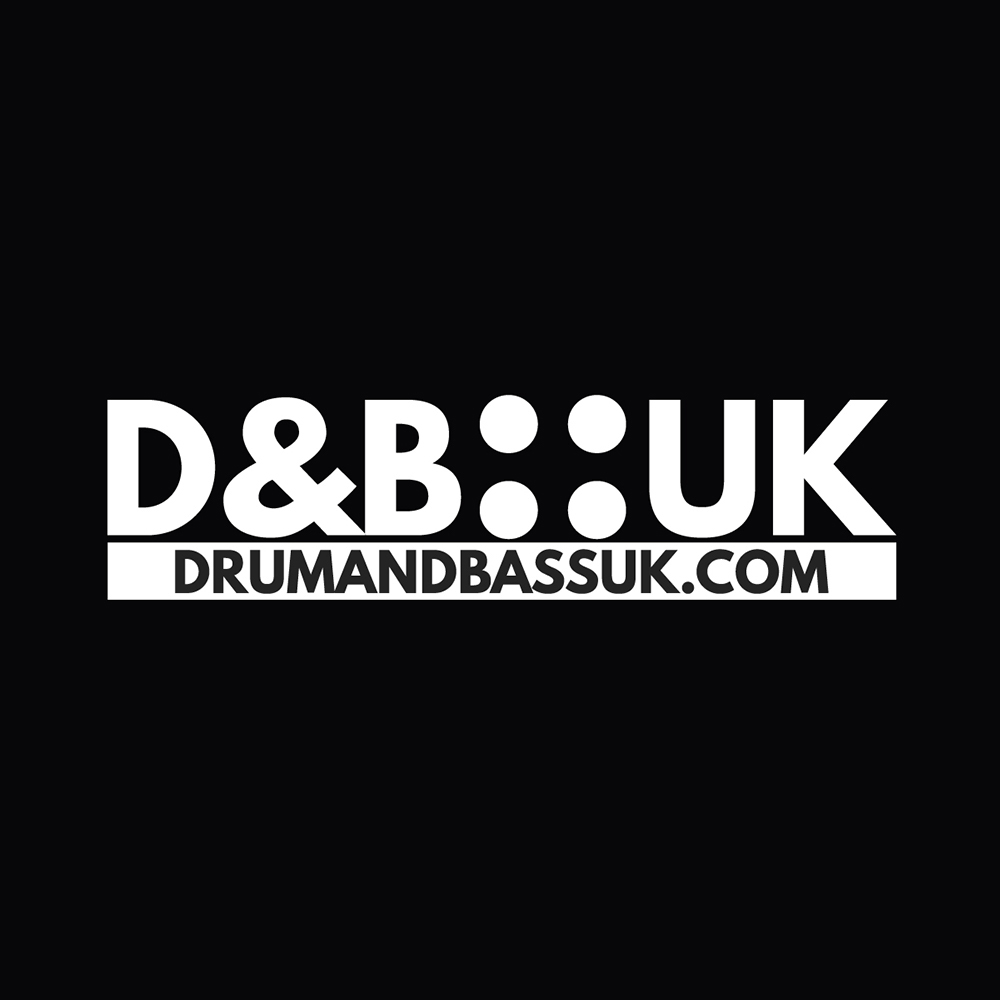
From Pirate Radio to Podcasts: How We Consume Drum & Bass in 2025
Drum & Bass has always thrived on evolution. From the crackling transmissions of pirate radio to the algorithm-driven playlists of today, the way we discover, share, and experience music has changed drastically. But while the platforms have shifted, the essence remains the same: a culture built on underground innovation, high-energy beats, and a global network of dedicated listeners. In 2025, the landscape of D&B consumption is as varied as the genre itself—blending nostalgia for past formats with cutting-edge tech that brings the scene closer than ever.
The Pirate Radio Days: Where It All Began
Before the internet, pirate radio was the heartbeat of underground dance music. In the late ‘80s and early ‘90s, illegal broadcasts from tower blocks and rooftop rigs brought raw, unfiltered jungle and early D&B to ravers and bedroom DJs alike. Stations like Kool FM, Rinse FM, and Origin FM defied licensing laws to push breakbeat culture, connecting London’s underground in real time.
These transmissions were more than just music—they were a lifeline to the scene, breaking new tunes and giving MCs and DJs a direct channel to the streets. Many of today’s biggest names, from Andy C to DJ Hype, cut their teeth in pirate radio studios before transitioning to mainstream success.
Fast forward to 2025, and while pirate radio’s influence has waned, its spirit lives on. The spontaneity, community, and exclusivity that defined those days now manifest in new formats—most notably live streaming and exclusive digital radio platforms.
FM is Fading, But Radio is Evolving
Mainstream radio has struggled to maintain its grip on the modern listener, but specialist stations are still thriving. BBC Radio 1Xtra, Rinse FM (now fully licensed), and online powerhouses like Subtle Radio and Kool FM (now on DAB) continue to deliver curated D&B selections to the masses.
However, the real action is happening in the world of online broadcasting. Platforms like Rinse, Subtle, Bloc2Bloc, and Rough Tempo offer round-the-clock streams, live DJ sets, and interactive experiences, often blurring the line between radio and club culture. Live-streamed sets on YouTube and Twitch have replaced the unpredictability of pirate broadcasts, with artists regularly dropping unreleased dubs in real time.
Beyond that, user-driven radio apps like Stationhead and Mixcloud Live have given DJs total control, allowing them to craft their own independent radio shows without the need for FM licenses or gatekeepers. With a few clicks, anyone can now host a station, bringing a fresh DIY energy reminiscent of pirate radio’s golden days.
Streaming & Algorithm Culture: The Convenience Era
If pirate radio was about exclusivity and the thrill of the hunt, streaming is all about convenience and accessibility. With Spotify, Apple Music, TIDAL, and YouTube Music dominating music consumption, curated playlists have become the new gatekeepers of what gets heard.
Playlists like Spotify’s “Drum & Bass UK”, Apple’s “Breaking Drum & Bass”, and TIDAL’s “DnB Essentials” now hold immense power in shaping the scene. Land a track on one of these, and an artist can rack up hundreds of thousands of plays overnight.
But the rise of AI-driven recommendations is a double-edged sword. While these algorithms help listeners discover new music effortlessly, they also homogenise the experience—pushing big-label releases over underground gems. Some purists argue that this convenience comes at the cost of crate-digging culture, where finding a hidden dubplate once felt like a mission.
Still, platforms like Bandcamp, SoundCloud, and Beatport remain essential for discovering underground producers. These sites give smaller artists control over their releases, allowing them to bypass industry gatekeepers and cultivate direct relationships with their audiences.
Podcasts & Long-Form Content: The New D&B Radio?
One of the most significant shifts in how we engage with D&B culture is the rise of podcasts and long-form content. With streaming culture often reducing music to background noise, podcasts provide a more immersive, deep-dive experience.
In 2025, major players like Hospital Records, Critical Music, and RAM Records all run their own podcast series, featuring artist interviews, scene discussions, and exclusive track premieres. Meanwhile, independent podcasters like The Rest is Noise, London Elektricity’s Hospital Podcast, and Deep Tempo keep the underground spirit alive, dissecting the finer details of breakbeat science.
YouTube has also become a hub for D&B discussion. Channels like Vision Radio (Noisia), The D&B Podcast, and DJ Mag D&B Sessions regularly publish content that explores the genre’s history, production techniques, and upcoming artists.
This shift towards long-form content mirrors trends in other music cultures, where deep-dive discussions and behind-the-scenes access have become more valuable than ever.
Live Streams & Virtual Raving
If the pandemic taught us anything, it’s that club culture doesn’t have to be confined to physical venues. While nothing will replace the energy of a sweaty club at 3AM, live-streamed events have become a permanent fixture in D&B.
During lockdown, Rampage, Hospitality, and Let It Roll hosted massive online raves, bringing thousands together virtually. Now, in 2025, VR clubbing is on the rise. Platforms like Sansar and Club Qu are experimenting with fully immersive club nights, where users can enter a virtual dancefloor, interact with other ravers, and even buy digital merch.
Twitch has also become a major player, with DJs regularly streaming intimate sets from their home studios. Some, like Bou, Serum, and A.M.C, have built entire communities around their streams, engaging with fans in real-time.
What’s Next?
The way we consume Drum & Bass in 2025 is as fragmented as it is exciting. Some still cling to the tactile experience of vinyl and dubplates, while others embrace AI-driven playlists and algorithmic discovery. The essence of D&B, however, remains unchanged—rooted in community, innovation, and a relentless drive forward.
With AI-generated music creeping into the scene, VR raving expanding, and new independent radio platforms gaining traction, the next few years will likely redefine how we engage with the music. But one thing is certain: whether through a crackly pirate radio broadcast, a Twitch livestream, or a perfectly curated playlist—Drum & Bass will always find a way to reach its audience.


























Comments
0